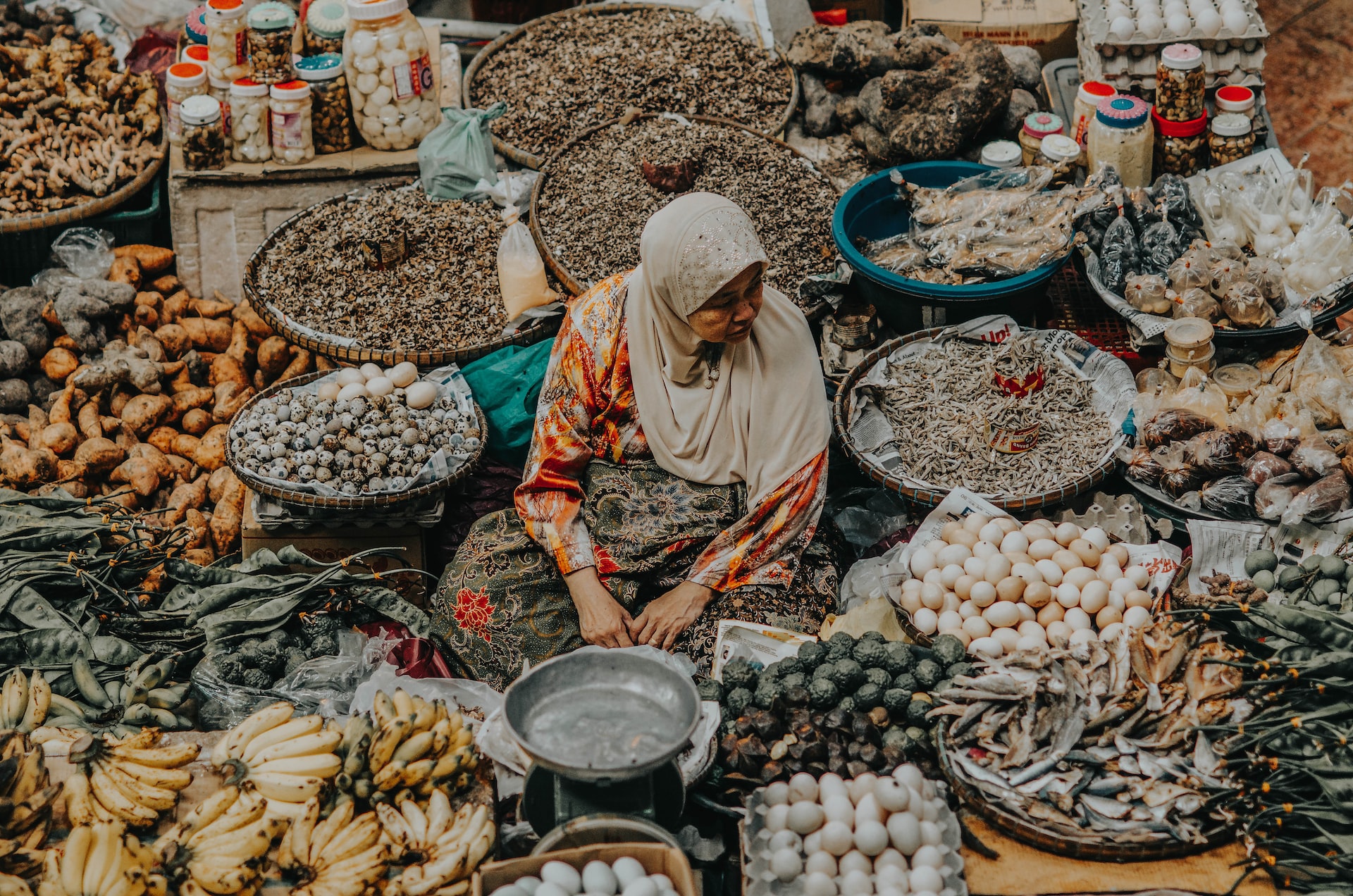
Is there a blueprint for a healthy lifestyle? A way to design the world’s communities to promote sustainable urban health and wellbeing no matter the location? Dr Emmanuel Tsekleves, Senior Lecturer in Design at Imagination Lancaster, believes there is. His mission, as a researcher, is to awaken a “culture of health”, “championing a blue zone lifestyle” around the world.
Blue zones refer to the areas of the world where people live longer. The concept was developed by researcher and writer Dan Buettner, who scoured the planet looking for populations with the highest number of centenarians (people aged over 100). What lessons could these people teach? How could they impact urban health?
What Buettner uncovered was a pattern of behaviours and lifestyle characteristics, despite these people being divided by thousands of miles and vast cultural gulfs. Think Sardinia, Italy; Okinawa, Japan; and Nicoya, Costa Rica.
Dr Tsekleves argues this concept is key to achieving the UN’s Sustainable Development Goals. But the challenge is less about the right lifestyle than translating these concepts across cultural and economic boundaries.
The challenge, as he puts it, is how do you work with communities over distance? How do you translate ideas into local culture?
Working across Africa, Southeast Asia, and Northern England, Dr Tsekleves aids communities in developing their own local champions. These figureheads serve as ambassadors for the blue zone lifestyle, helping to navigate the complex cultural and social norms. In Malaysia, for example, Tsekleves notes how the hierarchical nature of certain communities requires a cultural awareness not relevant in Northern England.
Even better is the education of children. Children return to their communities, spreading ideas amongst family and friends. But such policies also arm a generation of educators with the knowledge to transform their neighbourhood and the surrounding area.
“Communities can do a lot more with just a little help,” Tsekleves notes.
Indeed, the strength of such communities, be it in Malaysia or Cameroon, was proven during the Covid-19 pandemic. As Tsekleves describes, these people were often able to weather the storm and adapt to changing circumstances with surprising resilience.
Harnessing this resilience, strength, and determination will be critical to spreading blue zones worldwide. But the result will be worth it. Healthier, happier, and more sustainable communities are possible; we know what we need to do.
LISTEN TO THE FULL PODCAST:
